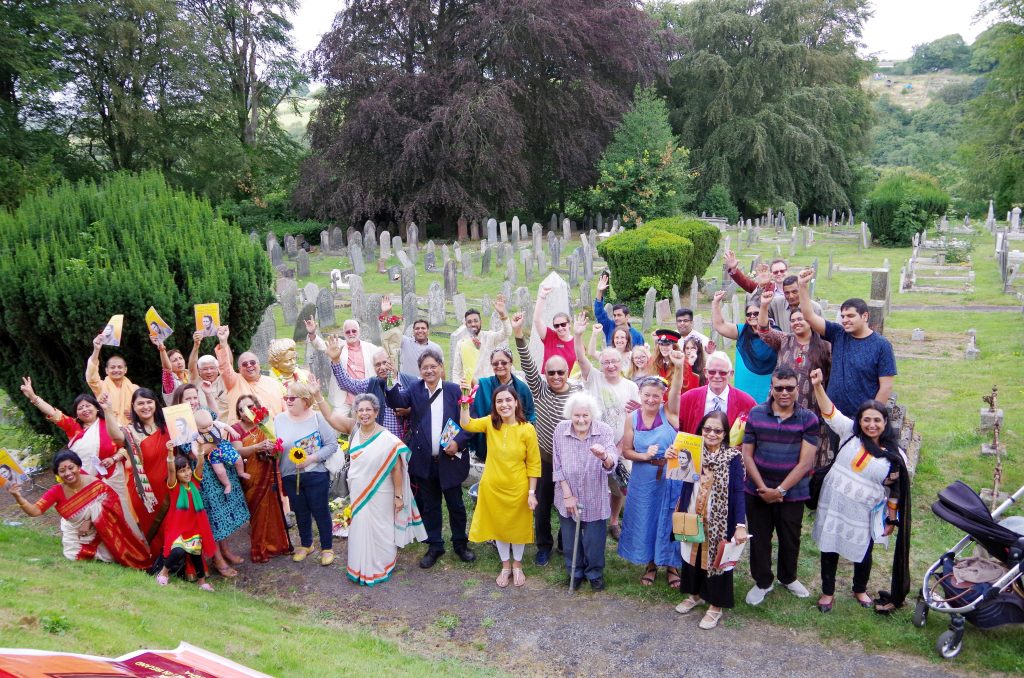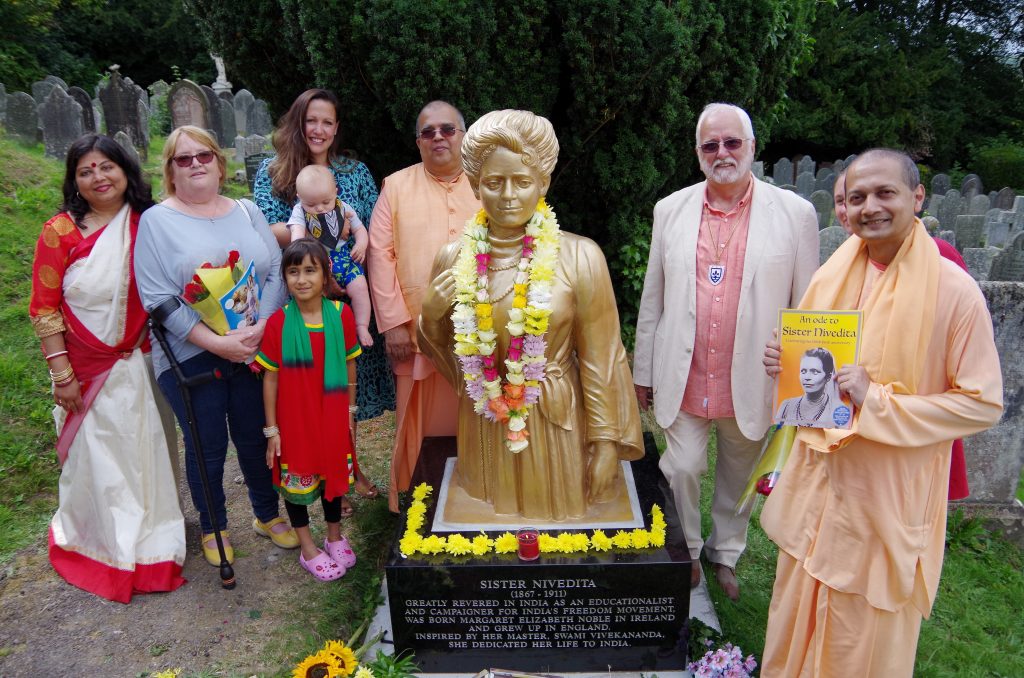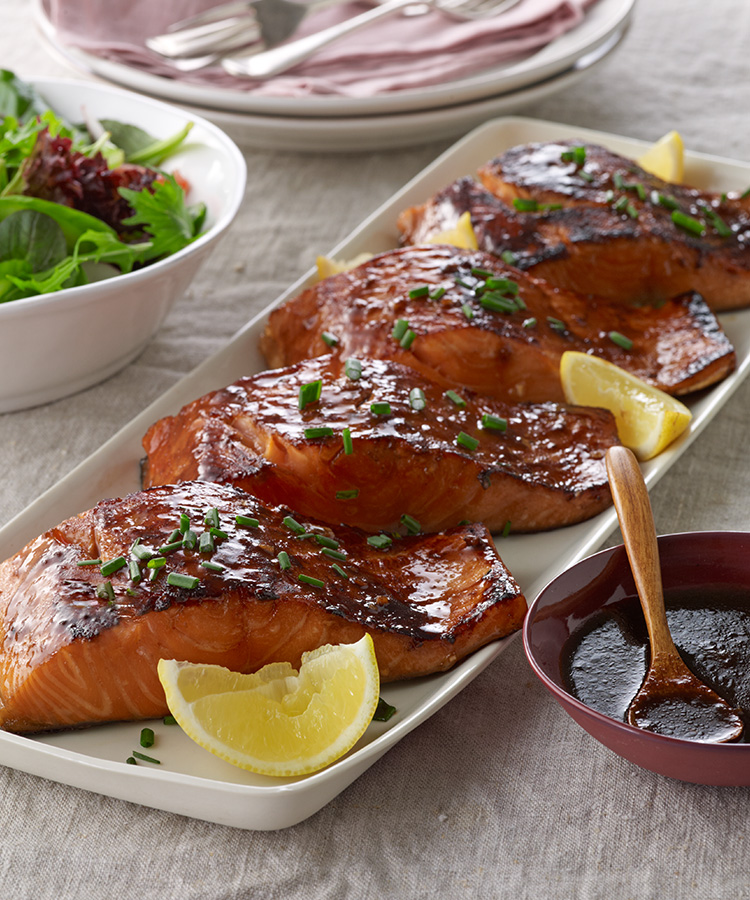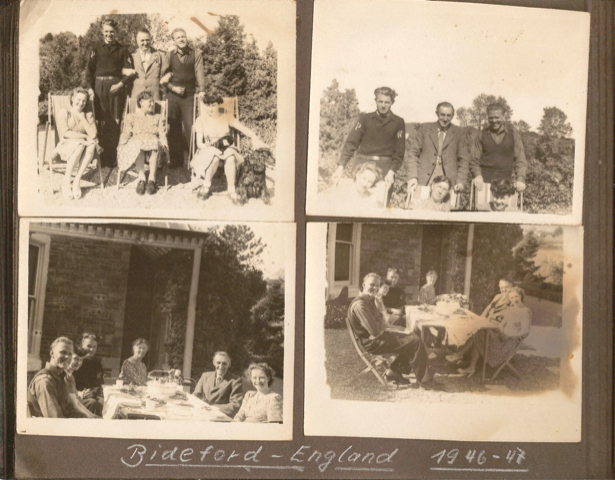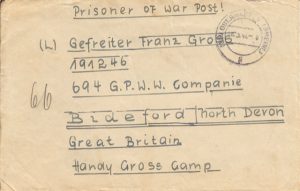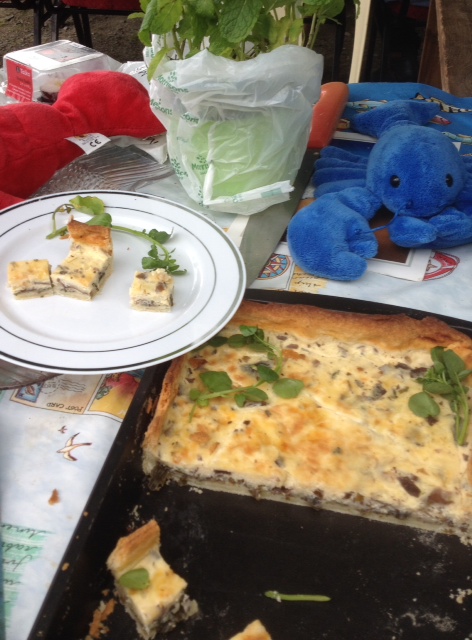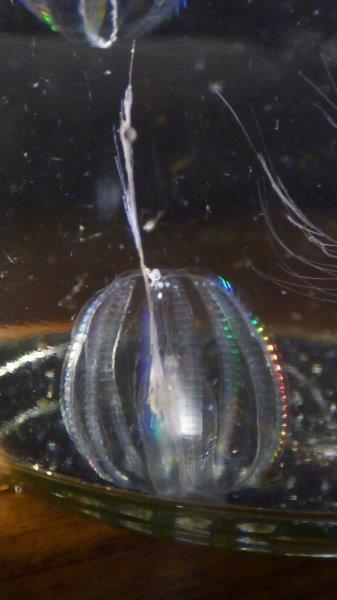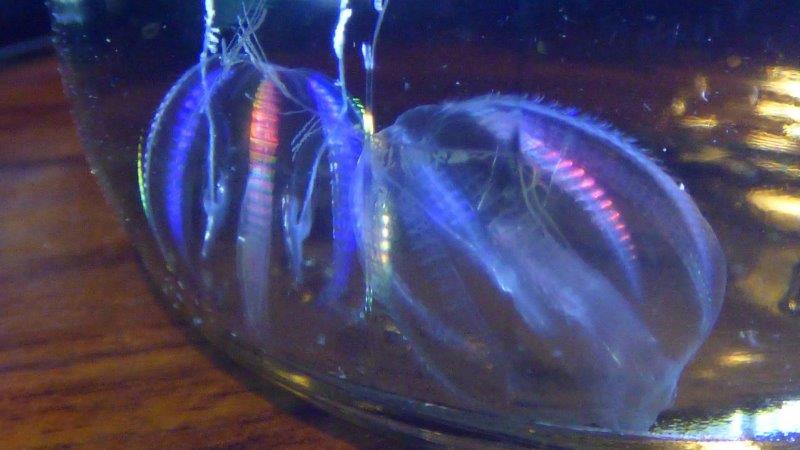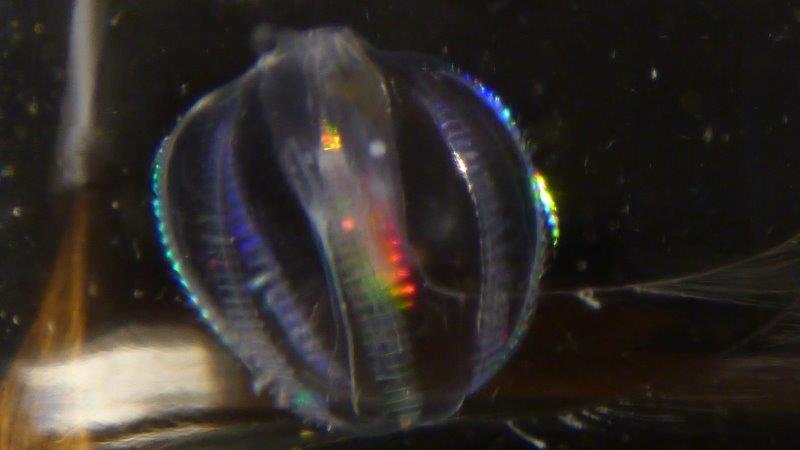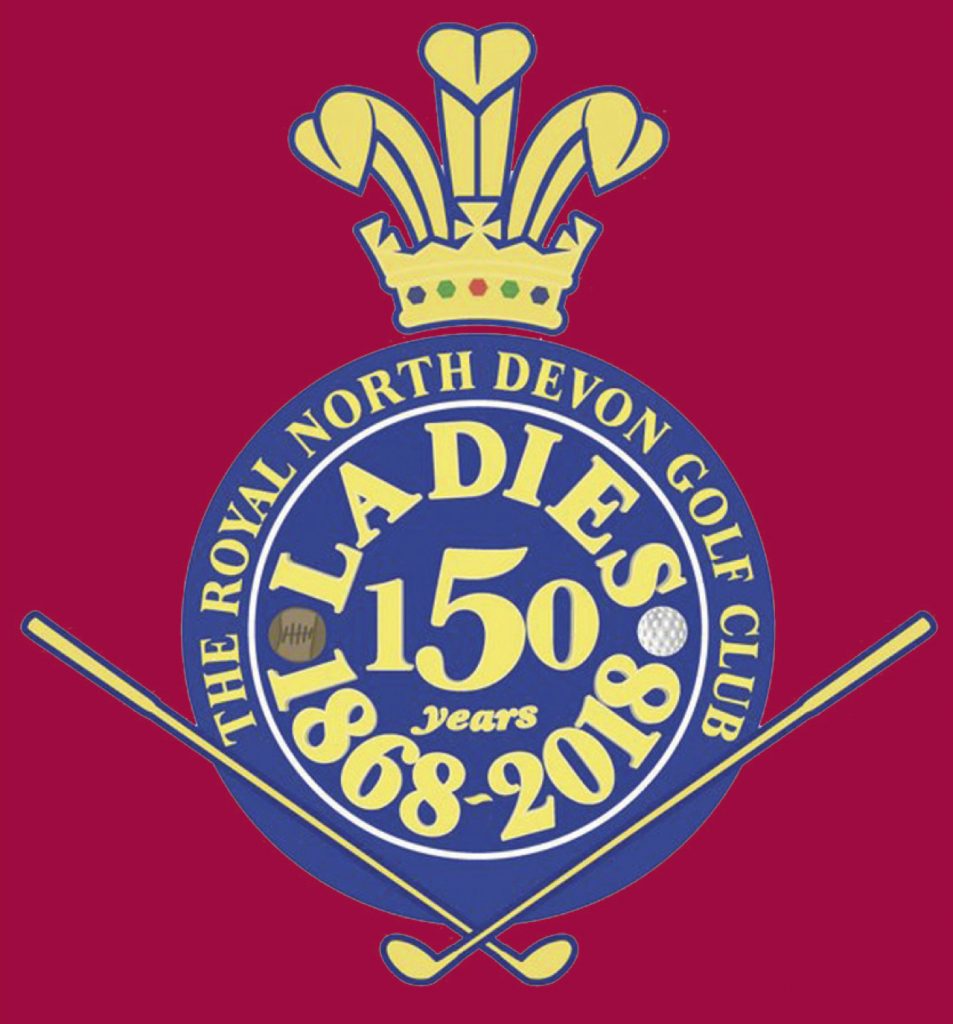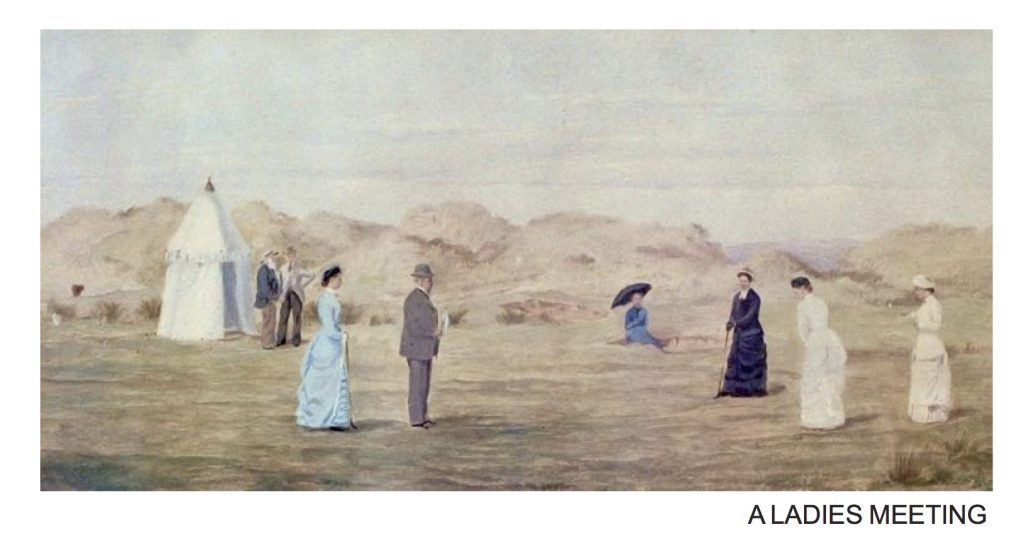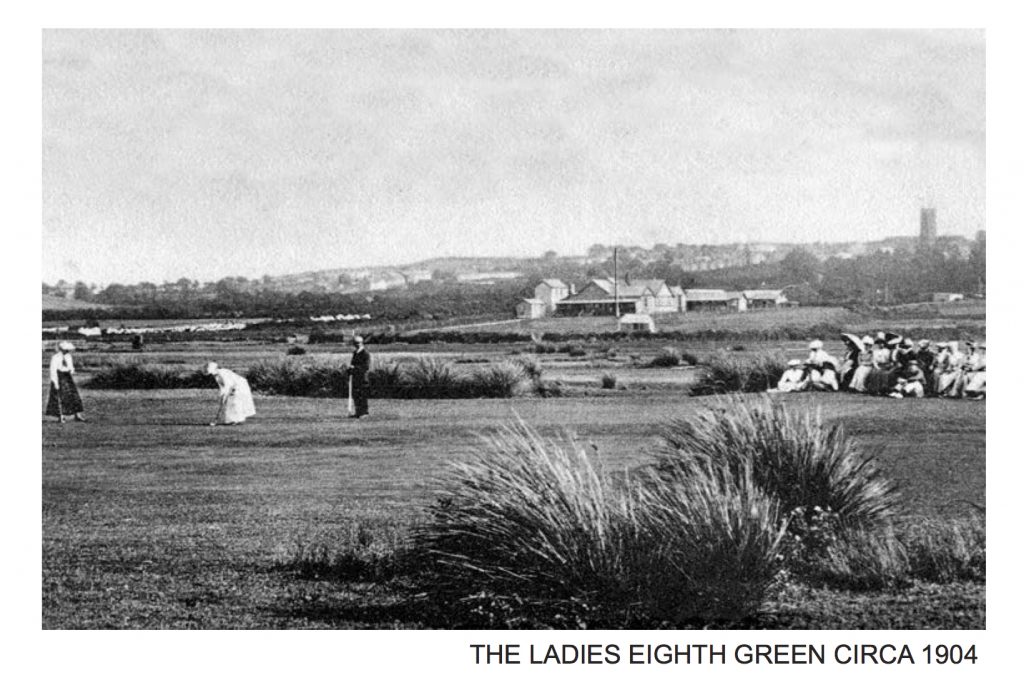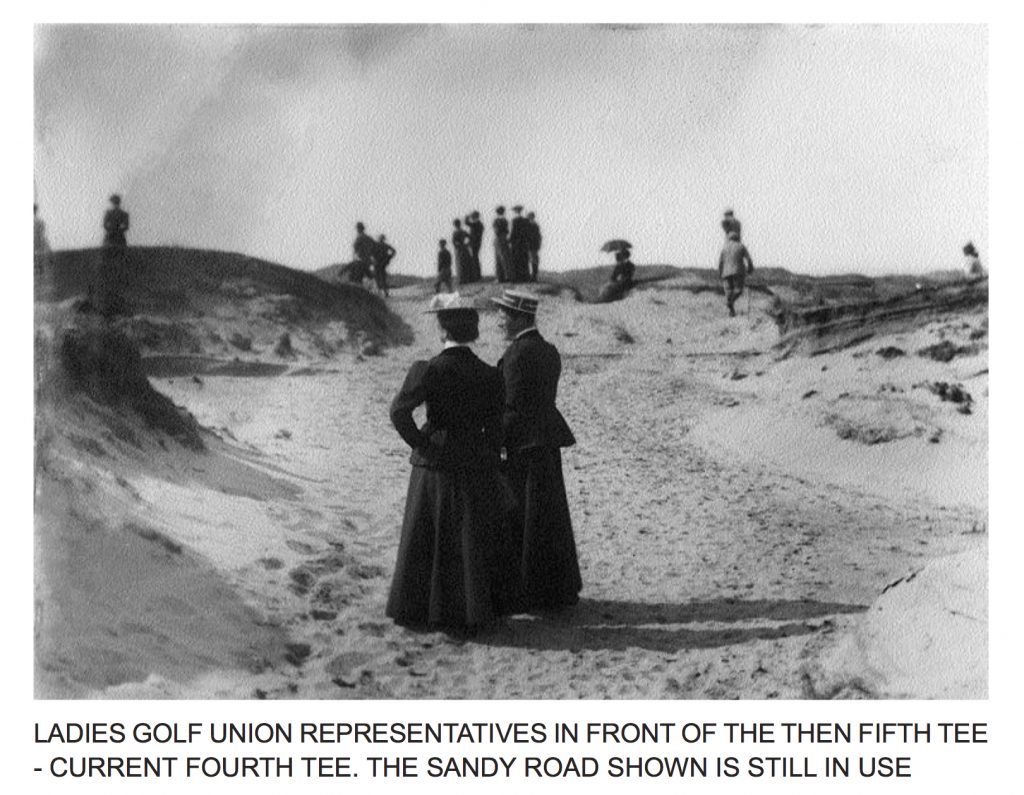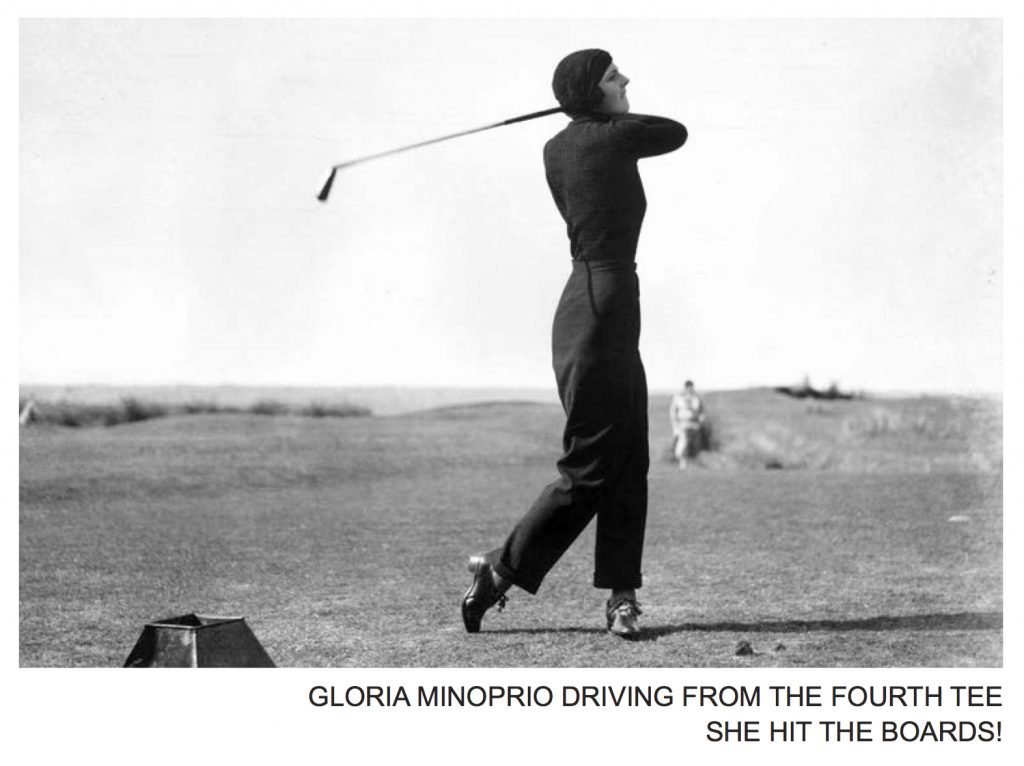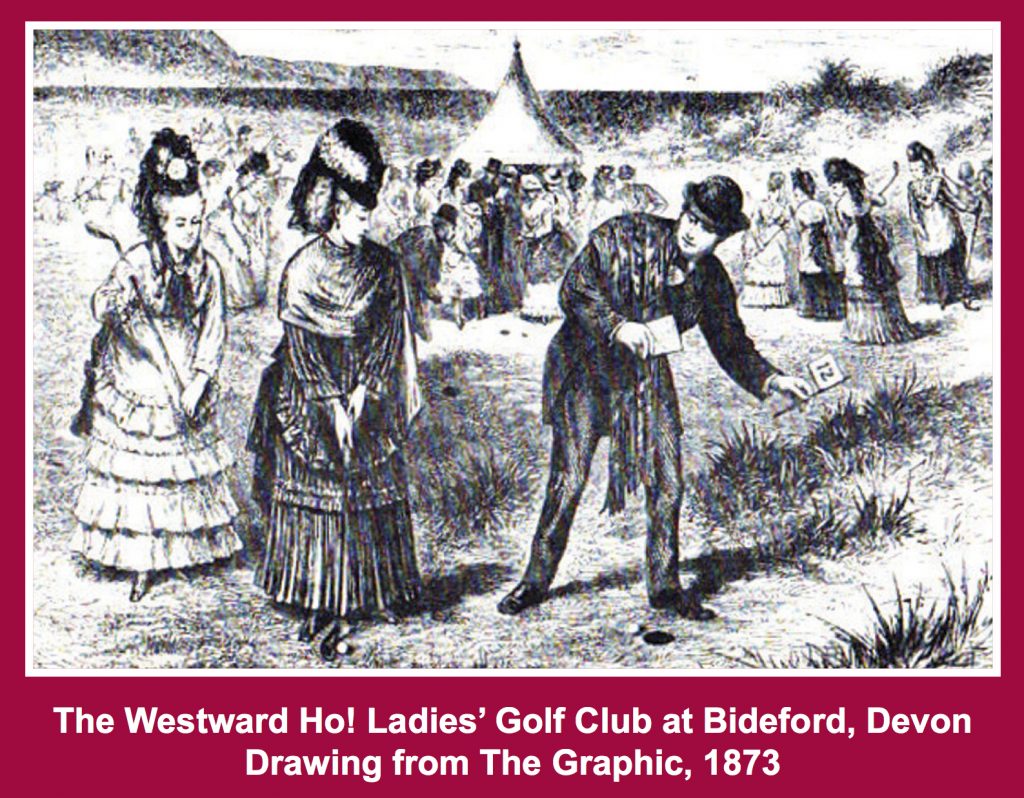If you have been watching the last series of ‘Poldark’ you will know that the final episodes dealt with the threat of invasion in the West Country by the French. This threat was temporarily resolved by the Peace of Amiens in March 1802, but by May of 1803 the war was back on and the threat of invasion with it.
This threat was perceived very seriously in the area around Bideford, as can be seen from two documents in the North Devon Record office that relate to the parish of Abbotsham. These are what in today’s parlance might be called a ‘contingency plan’.
The first document, dated 4th December 1803, is ‘The minutes of the resolutions entered into at a meeting of the inhabitants of Abbotsham’. There were six numbered resolutions setting out where parishioners were to meet and place themselves under the direction of named persons, where they should take their stock, that various carts were appointed for the removal of sick and infirm people and that the overseers of the poor would supply 6 bushels of meal at parish expense to Mrs Stone to make 4 loaves of bread for each of the poor. The Overseers of the Poor were also to supply materials to enable the livestock to be marked and they even specified how and where such markings we to be placed.
The document then sets out who would conduct and drive the stock along one of two specified routes – one to Dartmoor and the other to Somerton, distances of about 40 miles and 80 miles. They weren’t taking any chances!
The second document details the owners of the stock that was to be moved plus the names of the old and decrepit persons and whose cart they should travel on. There followed details of the routes to be used, with some alterations written in pencil, showing slight differences to those of the first document, which must be the later version.
This shows some forward thinking by the leaders of the parish, although one can’t help wondering how much notice of invasion they would need to put this plan into action.
David Snow.
_____________________________________________

